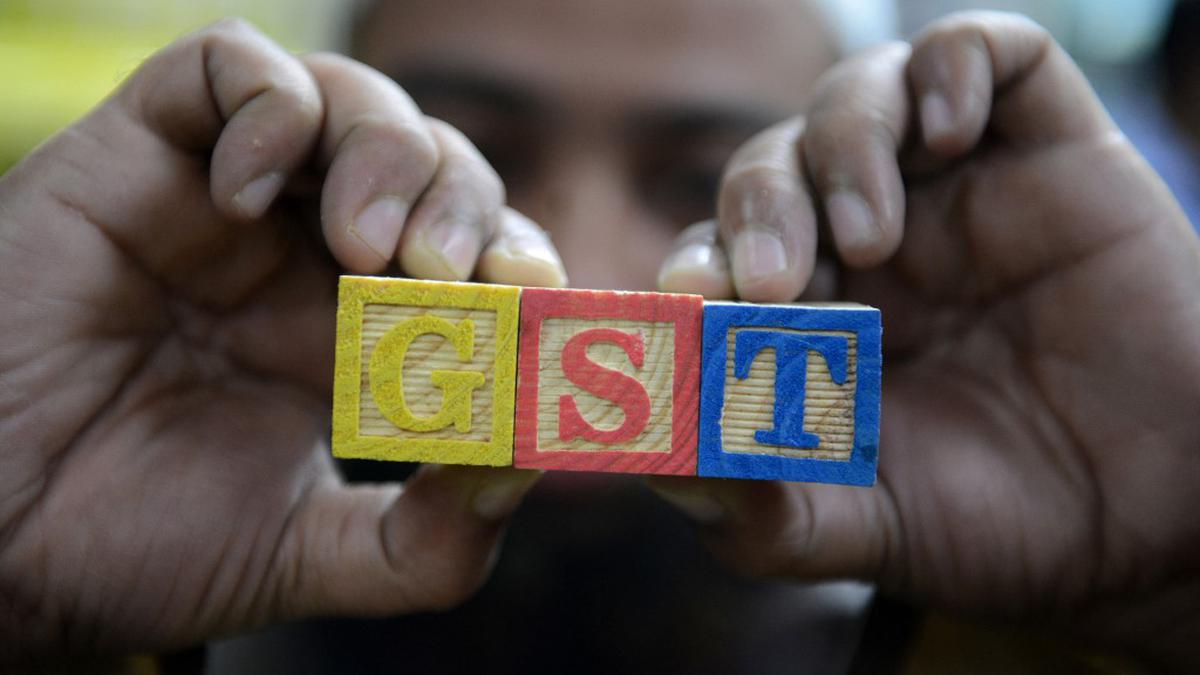
Finance Ministry notifies constitution of GST Appellate Tribunals
The Hindu
The establishment of GST Appellate Tribunals — envisaged at the time of the implementation of the GST regime from July 1, 2017 — got a final clearance from the GST Council in July 2023
The Finance Ministry notified the constitution of 31 Appellate Tribunals across 28 States and eight Union Territories for the Goods and Services Tax (GST) late on Thursday night, setting the stage to resolve a growing number of taxpayer disputes with the Revenue Department.
The establishment of these tribunals — envisaged at the time of the implementation of the GST regime from July 1, 2017 — got a final clearance from the GST Council this July, and was a much-awaited move for industry players, who had been approaching the High Courts and Supreme Court during the past six years.
Editorial | An incomplete reform: On six years of the Goods and Services Tax
As of June 30, the number of pending appeals from taxpayers over central GST levies had spiked sharply to over 14,000. That marks a 20% growth from the number of such pending cases as on March 31 this year.
While States had proposed 50 tribunal benches to the GST Council, the Union government had signalled that they will come up in a phased manner, beginning with State capitals and cities with High Court benches. The first set of tribunals will become operational sometime between this November and January 2024.
To start with, Uttar Pradesh will have the highest number of benches of the GST tribunals, with three benches proposed to be set up across Lucknow, Varanasi, Ghaziabad, Agra, and Prayagraj. Karnataka and Rajasthan will have two benches each, while Maharashtra and Goa together will have three benches to take up appeals.
Editorial | Opportune moment: On the uptick in GST revenues

The Union Budget unveiled on February 1, 2025, has come at a time of unprecedented global uncertainty and a flagging domestic economy. The real GDP growth is estimated at 6.4% for 2024-25 and between 6.3-6.8% for 2025-26, a far cry from >8 percent growth required annually to make India a developed nation by 2047. While much attention has been devoted to the demand stimulus through income tax cuts, not enough is said about the proposed reforms in urban development, tariff rationalisation, and regulatory simplification aimed at making Indian cities and corporates more competitive. Since the majority of economic activity is located in cities (urban areas account for ~55% of GDP) and produced by large corporates (~40% of the national output and 55% of India’s exports), the above-mentioned reforms have a pivotal role in improving India’s trend growth rate. Below we unpack each reform.












